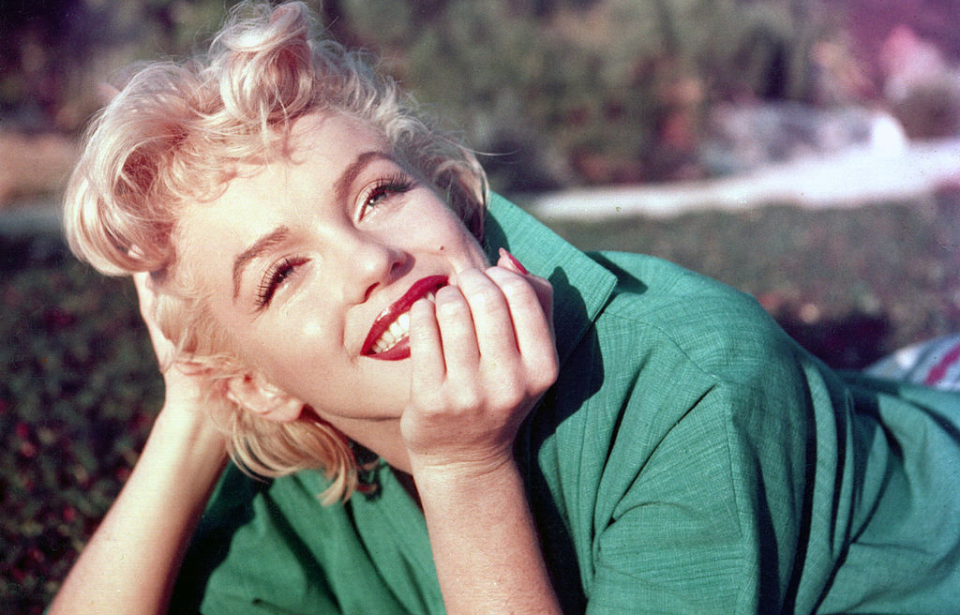Netflix’s drama Blonde, an adaptation of a fictional book by the same name, was overshadowed by controversy ever since its release in September 2022. The film, starring Ana de Armas as Marilyn, has been criticized for its overly fetishized, heavily embellished, and hypersexualized depiction of the famous actress. Others believe that the largely fictitious film parading as a biopic is seriously harming Monroe’s legacy while re-igniting 60 years of morbid curiosity since the star’s untimely death in 1962.
While Marilyn Monroe certainly had her fair share of traumatic experiences, Blonde overlooks the facts of some of her most powerful and positive attributes that have largely gone unnoticed – until now.
Monroe helped expose sexual predators in the film industry
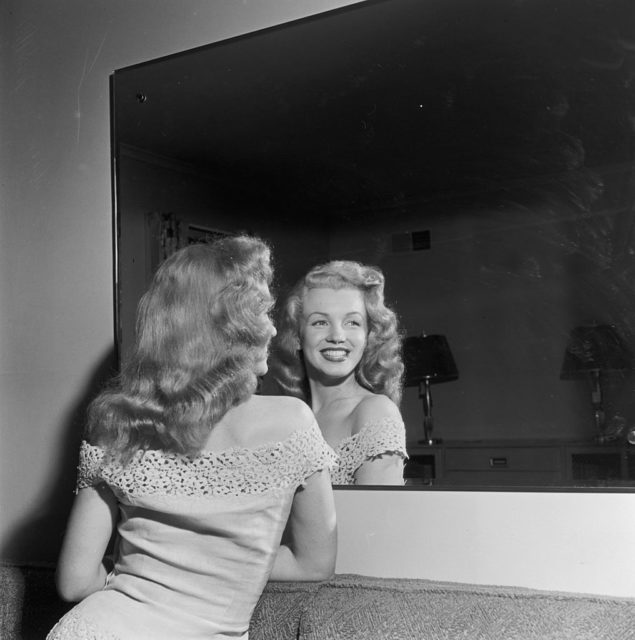
“They say I’m whistle bait. Could be, but I’m forever meeting guys who don’t stop at a whistle. I’ve learned to handle them all,” wrote Marilyn in a shocking 1953 article for Motion Picture and Television Magazine. The piece, titled Wolves I Have Known, shed new light on one of Hollywood’s worst secrets – the sexual exploitation of young female actresses.
In Blonde, Marilyn’s character is depicted as one of the women who is sexually assaulted by the head of 20th Century Fox, and while she never confirmed the rumors during her life it was sadly a common occurrence for lots of young actresses. Monroe even calls out several “wolves” and the stories of how they took advantage of her in the Wolves I Have Known article. Thanks to her grit and determination, Monroe was one of the first women to openly expose the dark side of the acting industry.
She was well-read
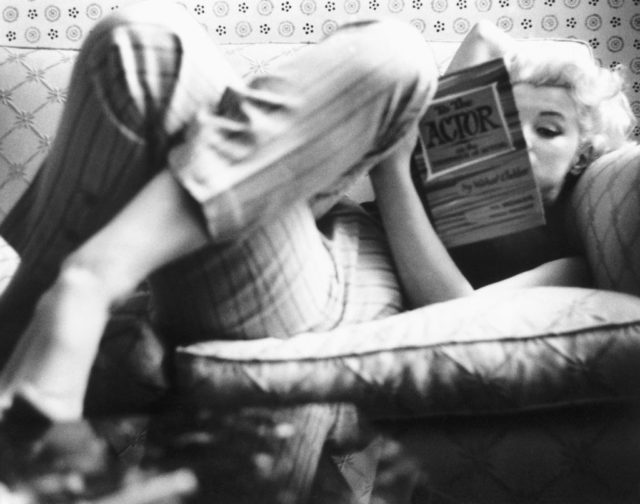
While many of the characters she played on screen were often the stereotypical blonde girl with a low IQ and shallow interests, the real-life Marilyn was far from shallow and uneducated. Although Blonde makes a half-baked attempt to show this side of Marilyn, the film rarely depicts her participating in one of her favorite pastimes: reading.
With 430 books in her collection, Monroe read and loved classics written by Camus, F. Scott Fitzgerald, James Joyce, and Aristotle (to name a few).
Monroe helped launch Ella Fitzgerald’s career
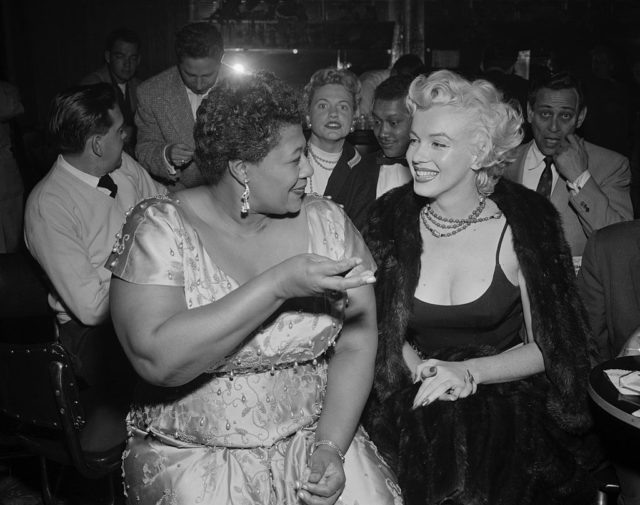
When asked who her favorite singer is, Monroe answered “Well, my very favorite person, and I love her as a person as well as a singer, I think she’s the greatest, and that’s Ella Fitzgerald.” The unlikely friendship between Monroe and Fitzgerald helped to launch the celebrated jazz singer’s career to new heights. Both Monroe and Fitzgerald connected over their difficult childhoods, and both overcame the odds to become internationally renowned performers.
During a time when Black musicians were alienated from mainstream music, Monroe openly supported Fitzgerald by attending her shows and using her fame to amplify Ella’s voice.
She was the second woman in Hollywood history to have her own production company
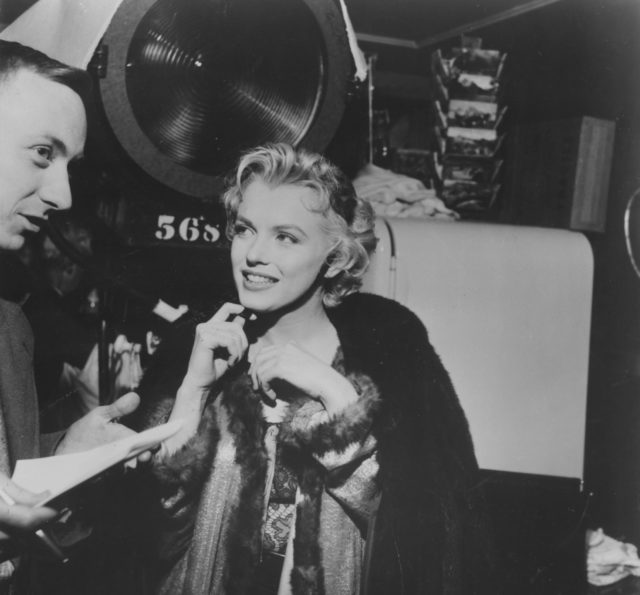
Shortly after completing The Seven Year Itch in 1954, Marilyn formed Marilyn Monroe Productions, Inc. alongside photographer Milton Greene. Around this time Marilyn left Hollywood and settled in New York City, where her production company would also be based – likely a move made to reflect the disdain Monroe felt for the Los Angeles movie industry that had treated her so poorly.
Marilyn was also struggling to convince other studios to give her equal pay to her female costars, and once her company made the huge hit Bus Stop, big studios like Fox were finally ready to come to the bargaining table over Monroe’s salary. Bus Stop also painted Marilyn in a new and more diverse light, transcending the glamour girl stereotype she had been reduced to in earlier films.
In opening Marilyn Monroe Productions, Monroe became the second woman in Hollywood history to open her own production company after silent film star Mary Pickford’s Mary Pickford Studios. This incredible achievement, which demonstrates Marilyn’s knowledge of the business and a desire to have more agency over her career, was entirely left out of Blonde.
She was an LGBTQ+ ally
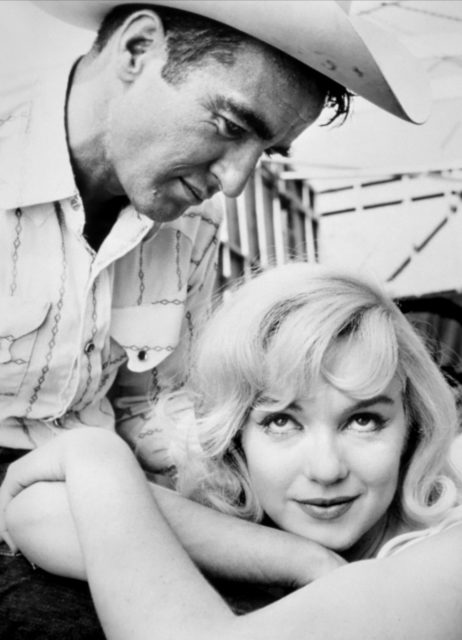
Constantly gawked at by straight male audiences and filmmakers, Monroe struggled to be seen as more than a sex symbol and obtain sovereignty over her body and her sexuality. Her need for liberation brought her toward the LGBTQ+ community. Monroe’s dear friend and actor Montgomery Clift, who was gay, was cast in the 1960 film The Misfits, written by Monroe’s husband Arthur Miller. Starring alongside Monroe and Clark Gable, Clift came to the project after Marilyn pleaded to let her friend have the role.
Monroe said of Clift: “He’s the only person I know who’s in worse shape than I am… I look at him and see the brother I never had and feel brave and get protective.” Clift also commented on his friendship with Marilyn: “I have the same problem as Marilyn. We attract people the way honey does bees, but they’re generally the wrong kind of people.”
Monroe cut her honeymoon short to perform for troops in Korea
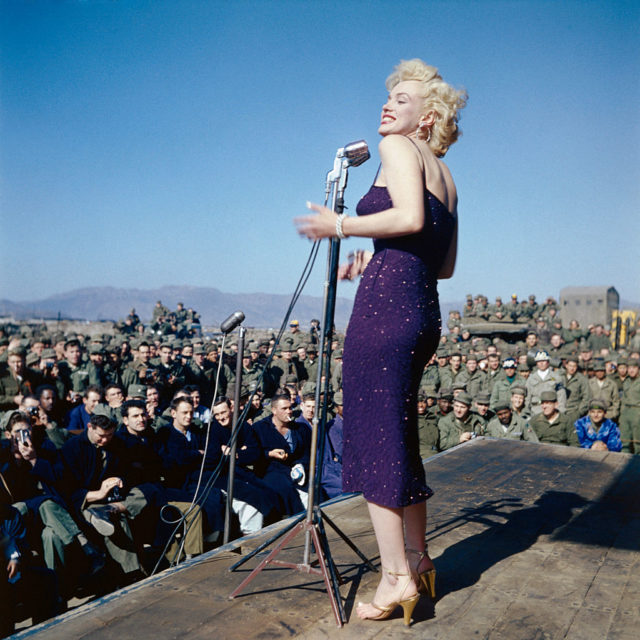
In January 1954, Marilyn married famed baseball star Joe DiMaggio in a small ceremony in San Francisco before the couple jetted off to Japan for their honeymoon. Cutting her honeymoon short, Marilyn arrived in Korea for a four-day tour of American military bases to perform for troops stationed there.
Monroe performed for 100,000 soldiers over ten shows, and despite being one of the world’s biggest movie stars the tour was one of her first chances to perform live in front of a massive audience – something she had never done before. The trip “was the best thing that ever happened to me,” recounted Marilyn. “I never felt like a star before in my heart. It was so wonderful to look down and see a fellow smiling at me.”
She made an impression on Queen Elizabeth II
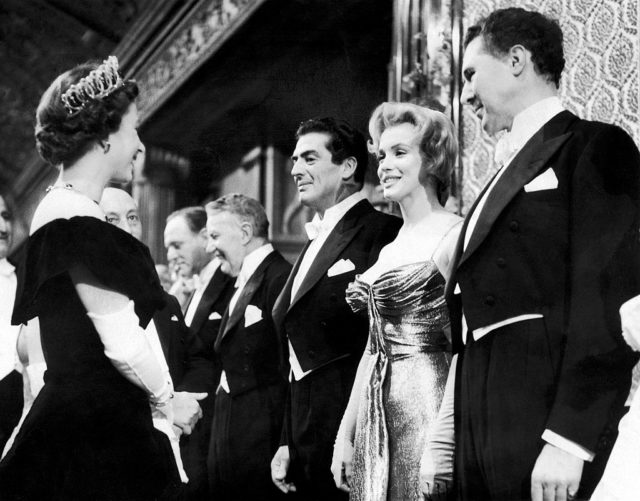
On October 29, 1956, Marilyn stepped out of a limousine with her husband Arthur Miller in a low-cut, revealing gold lamé evening gown with a matching cape, bag, and luxurious opera gloves and entered a London, England theater for a film premiere. But it wasn’t a typical premiere event. Marilyn was about to meet one of the most important and influential women in the world – apart from herself.
Lined up between other Hollywood stars, Marilyn shook hands with Queen Elizabeth II. After a well-rehearsed curtsey, Marilyn and the Queen chatted for several minutes. Discussing the Queen’s favorite place, Windsor, which Marilyn was living close to as she filmed The Prince and the Showgirl, Marilyn told the Queen: “As we have a permit my husband and I go for bicycle rides in the Great Park.” Reflecting on the special moment, Marilyn told a reporter “The Queen is very warm-hearted, she radiates sweetness.”
After the meet and greet, the Queen was reportedly enamored with the actress. A source close to the Queen claimed that Her Majesty watched every single one of Marilyn’s films, and even recounted their meeting to a friend, saying “I thought Miss Monroe was a very sweet person. But I felt sorry for her because she was so nervous that she had licked all her lipstick off.”
She supported orphanages and underprivileged children
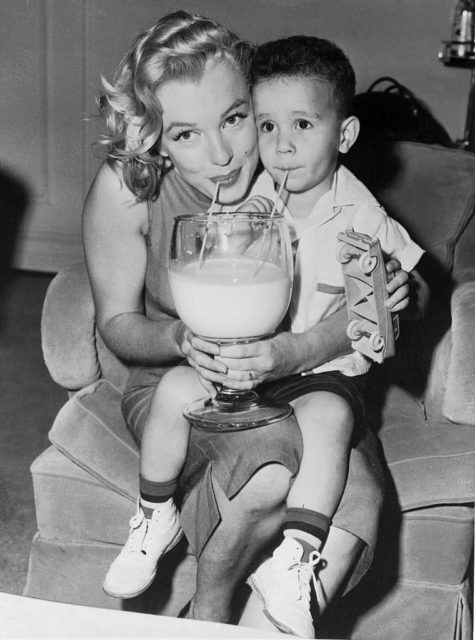
Many celebrities find ways to give back to people in need through various charitable causes, but history has seemingly forgotten that Marilyn Monroe was an activist and philanthropist who wanted to help underprivileged children in the foster system, likely because of her own childhood spent in orphanages and foster homes. Monroe lived in foster homes until she was seven years old before returning to live with her mentally ill mother. A year later, she became a ward of the state when her mother was committed to a mental hospital.
In 1955, Marilyn contributed to the World Adoption International Fund, founded by her Gentleman Prefer Blondes co-star Jane Russell. In 1957, Monroe donated a pair of earrings she wore at the world premiere of The Prince and the Showgirl to The Milk Fund for Babies, a charity that helped to make milk accessible to impoverished children in New York City. She also worked with the March of Dimes, a charity that helps to improve the lives of ill children.
In 1962, Monroe visited an orphanage in Mexico and wrote a first donation check for $1,000 before ripping it up and re-writing a new check for $10,000 instead. Clearly, Marilyn had a soft spot when it came to kids!
Monroe was involved in politics and the Civil Rights Movement
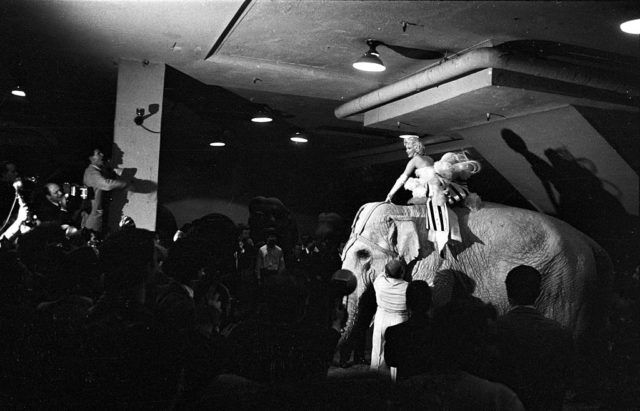
Another forgotten side of Marilyn revolves around her politics, which were incredibly radical and progressive for her time. In 1960, she became a founding member of the Hollywood branch of the Committee for a Sane Nuclear Policy. In that same year, she was elected as an alternative delegate to the Connecticut Democratic caucus (the star kept a home in Roxbury, Connecticut).
More from us: 10 Facts About ‘Brazilian Bombshell’ Carmen Miranda
She also didn’t hide her pro-Castro views on Cuba as well as her support for the growing civil rights movement. Her passion for supporting her beliefs and upholding the care of others were some of Marilyn’s most profound traits, yet nearly every depiction of the late actress – including Blonde – seems to leave this critical part of the story out.
